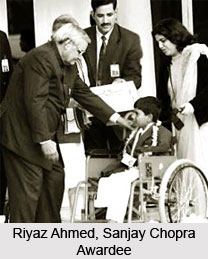Coins under Mahipala were known for their peculiar style and fabric. Some of the historians assigned the coins of King Mahipala to the Tomaras, AD 1103-28, simply on the basis of the similarity of the coin issuer`s name. No reason other than coincidence of names was advanced. King Mahipala was a relatively common regal name in the period. Some historians attributed the billon coins of King Mahipala to King Prithvi Pala of the Yadus of Bayana, which would place them in the mid-thirteenth century. This identification relies on the association, rather than similarity, of names. Interestingly, some other historians attributed the billon bull-and-horseman coins of King Mahipala to the Yadus. However, these identifications have been discarded as they lack evidence.
The existence of historical references to Mahipala, king of Delhi, does not demonstrate that he issued billon coins. According to some historians, there was a similarity of the coins of Mahipala and Maudud. Maudud was the Yaminid ruler of Lahore. The figure of the bull represented on the coins of both Maudud and Mahipala matches greatly. The bull on King Mahipala`s coins is engraved as large as to be about 50 to 60 per cent off the flan; while Maudud`s bull is 5-10 per cent off the flan on average. The legend above Maudud`s bull is `sri samanta deva`, with the king`s name on the other side; the legend above Mahipala`s bull is the king`s name. The two coins are at opposite ends of the bull-and-horseman stylistic spectrum, and any comparison is far-fetched. The coins of King Mahipala were largely different from those of Ananga Pala. King Mahipala had not been a major coinage issuer in the eleventh or twelfth centuries. Further, coins of King Mahipala also resembled the Amrita Pala series of Budaon, especially in the peculiar trident form.
This article is a stub. You can enrich by adding more information to it. Send your Write Up to content@indianetzone.com






